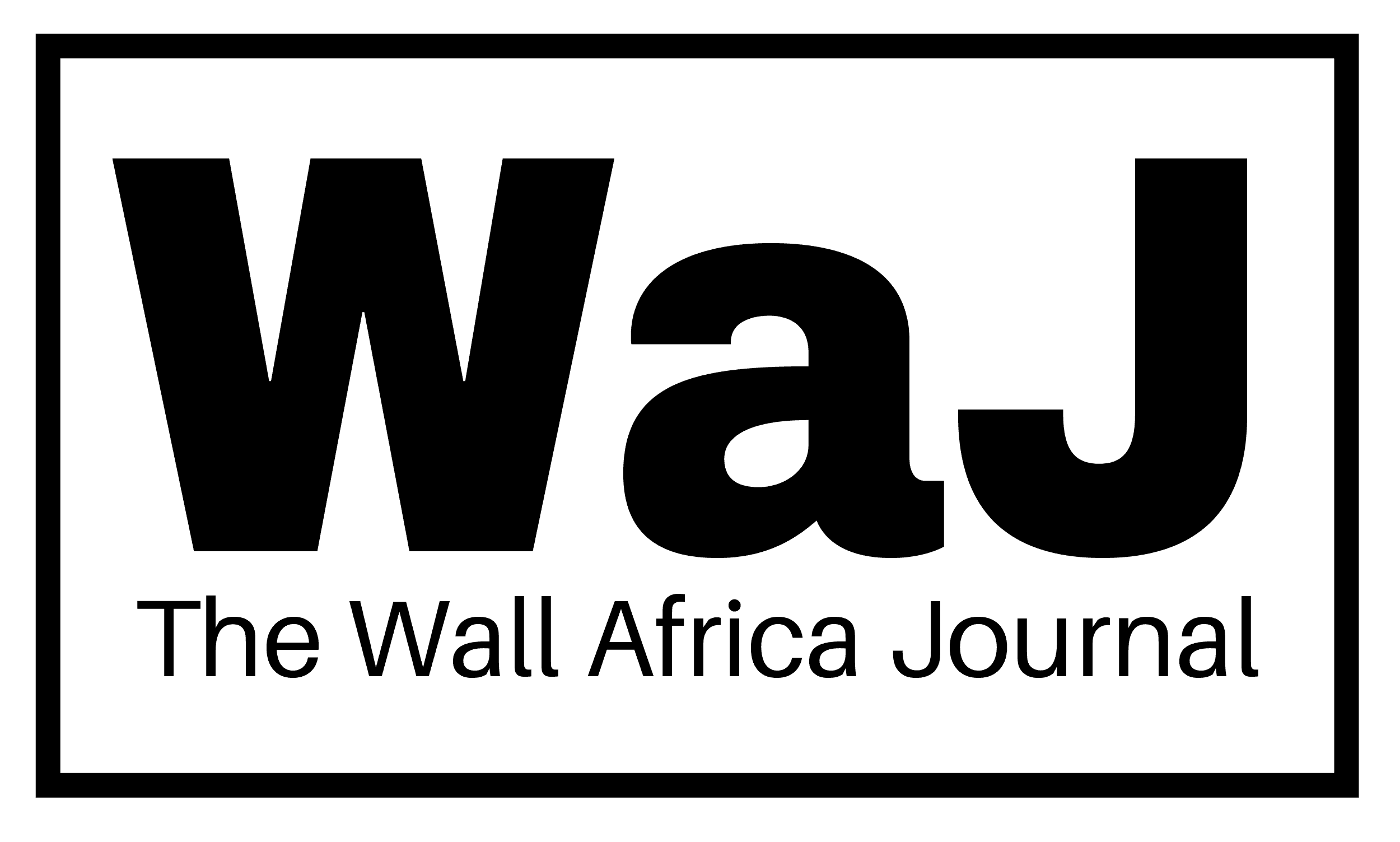The World Football Summit (WFS) has published a detailed report on the current state and future of African football.
One of the main highlights of the report is Morocco’s role as one of the host nations for the 2030 FIFA World Cup. In addition to this, the report presents several other key findings.
According to the report, as of 2025, there are more than 650 million smartphone users in Africa.
This rapid increase has made the continent home to the fastest-growing mobile football audience in the world.
The report also notes that although African women’s football has not yet reached an advanced stage, it holds tremendous untapped potential.
Infrastructure Needs: $80 Billion by 2030
Another key point is the infrastructure investment required for African football to reach the desired level by 2030.
The report states that approximately $80 billion in infrastructure development is needed across the continent.
In addition, football academies in Ghana, Ivory Coast, and Senegal are on the rise and are seen as promising talent development hubs.
Countries like Mauritania, Mali, and Sudan are also emerging as growing markets in African football.
Morocco, which is hosting the 2025 AFCON and preparing for the 2030 FIFA World Cup, is leading the continent in terms of infrastructure.
The country currently has nine stadiums that have been renovated with smart technologies.
Strategic Investment Opportunities
The report outlines several strategic opportunities for African football.
These include academy partnerships and integrated educational programs, a shift from transactional sponsorships to purpose-driven partnerships, and public-private partnerships for stadium construction and facility management.
Additionally, the continent presents consultancy opportunities in financial planning, organizational development, and strategic management.
There is also potential for mobile platforms that enhance fan engagement, affordable data analytics systems, and cloud-based solutions.
The report emphasizes that the key to success lies in adopting and improving the most effective practices.



